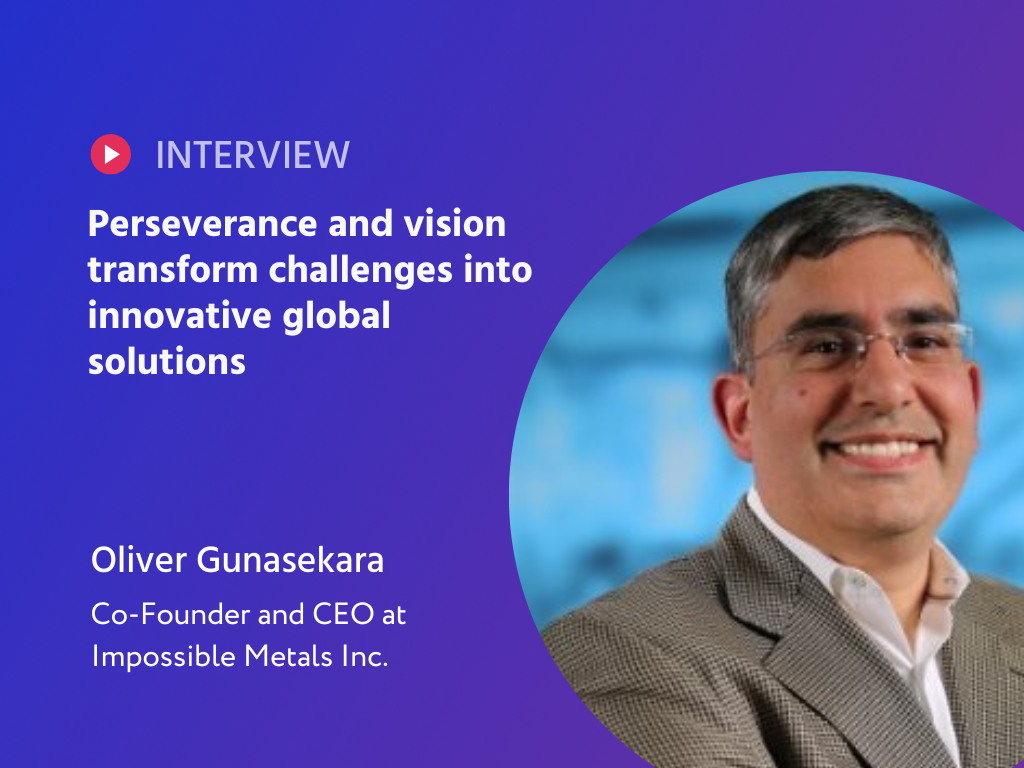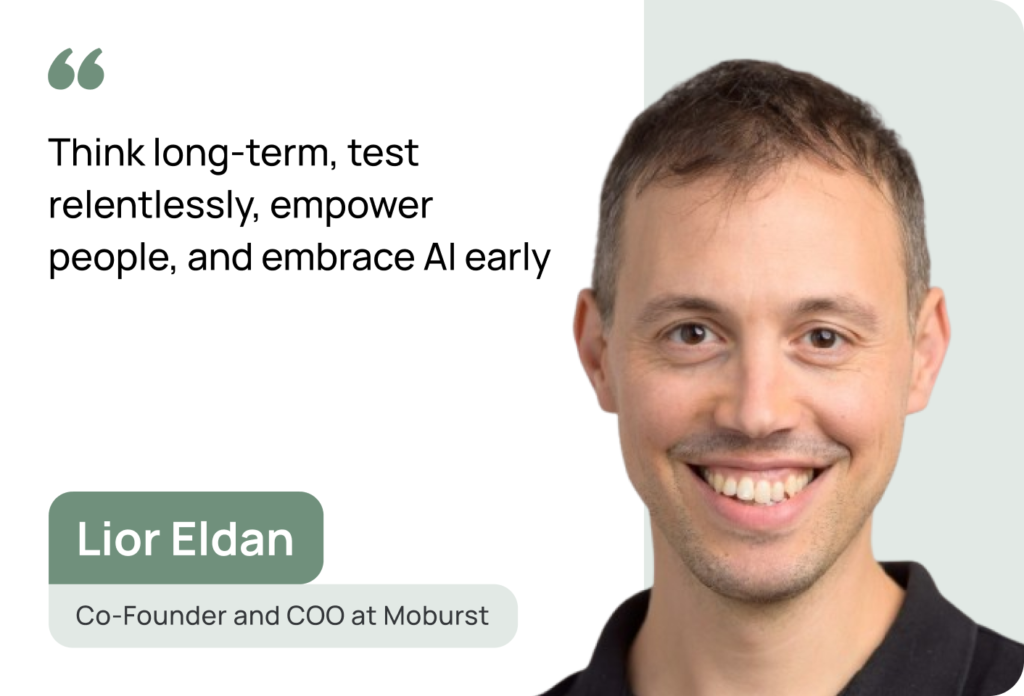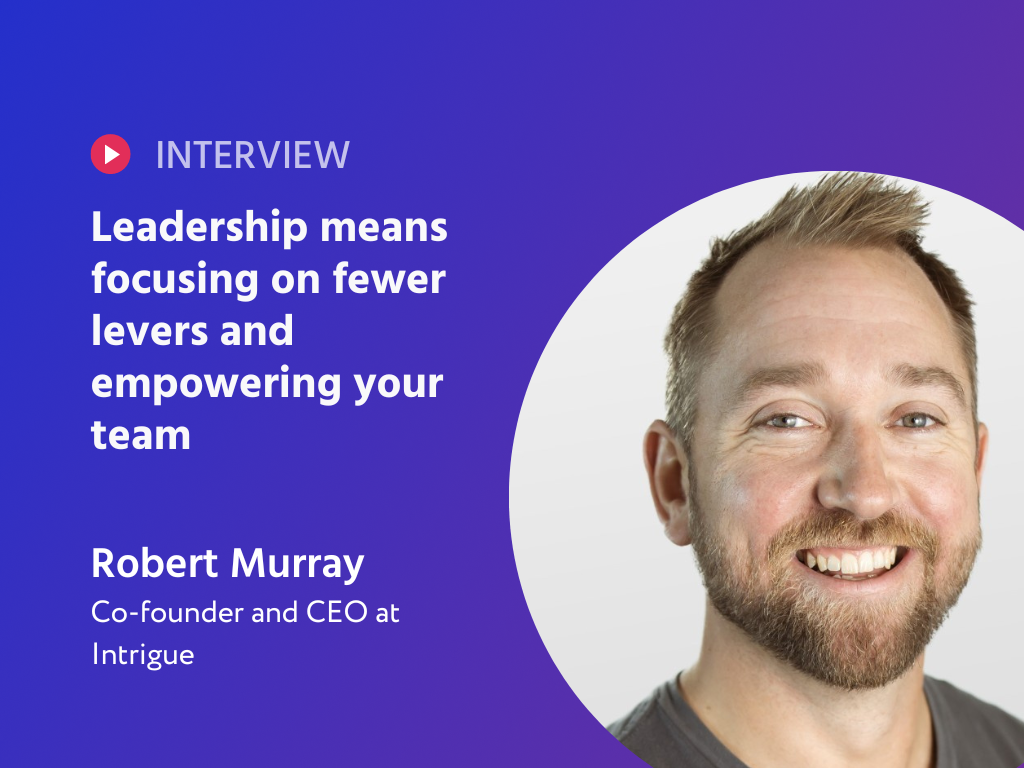In the ever-evolving world of satellite technology and data intelligence, few stories are as compelling as that of Eric Anderson, Founder and CTO of SynMax. In this episode of Bright Founders Talk, hosted by Temy, we sit down with Eric to explore the remarkable journey of a startup that emerged from a hedge fund and is now helping reshape defense and intelligence landscapes.
SynMax was born out of a bold idea—leveraging the explosion of commercial satellite imagery to drive real-world insights. With a background in quantitative analysis and a deep understanding of energy markets, Eric and his team saw an untapped opportunity and built an AI-powered engine for high-resolution geospatial intelligence. From monitoring global maritime activities to informing billion-dollar hedge fund decisions, SynMax’s data-driven solutions are transforming industries.
During our conversation, Eric walks us through the origin of the company, the rise of CubeSats, and how modern satellite economics have unlocked unprecedented accessibility. He also shares how a TED Talk by Planet Labs CEO Will Marshall helped spark the vision behind SynMax. Join us as we uncover the story of a company pushing the boundaries of what's possible in the skies above.
From Wall Street to Low Earth Orbit: How a Quant and a Hedge Fund Launched a Satellite Intelligence Powerhouse
When Eric Anderson talks about the origin of SynMax, there’s no pitch-deck polish or rehearsed narrative—just a refreshingly honest account of how a quant analyst and a hedge fund stumbled into the future of satellite intelligence. “It was very non-deliberate,” Eric admits. One minute he was crunching numbers at Skylar Capital, and the next, he was diving deep into the world of commercial satellite imagery, building models that would eventually steer billions in energy trading. The spark? A TED Talk. Not his own, but Will Marshall’s, the CEO of Planet Labs, who unveiled his vision of tiny “dove” satellites capturing daily snapshots of the Earth. That wild idea—turning space into a data-rich mirror for Earth-bound decision-makers—lit a fire under Eric’s boss, Bill Perkins. And just like that, SynMax was born.
Of course, behind the scenes, it wasn’t quite so simple. The real magic came from connecting dots most people didn’t even know existed. Eric and his team spotted an overlooked goldmine: a flood of satellite images nobody knew what to do with. While the rest of the world was focused on launch tech and satellite hardware, SynMax zeroed in on what really mattered—turning those images into actionable intelligence. “Satellite images are the raw material,” Eric explains, “and we sit right in the middle of the value chain.” Every day, SynMax ingests enough imagery to cover the entire United States—twice. The result? Insight-rich data that fuels billion-dollar trades and helps governments monitor global hotspots.
The company’s secret weapon isn't just data—it's knowing exactly how to use it. Whether it’s supplying hedge funds with high-resolution signals or helping the U.S. government track maritime activity through their defense product, Thea, SynMax operates at the crossroads of space, finance, and national security. And while Eric might make it sound like a series of lucky breaks, it’s clear that this wasn’t just a happy accident. It was an insight-fueled leap into the unknown—powered by curiosity, timing, and a few very smart bets. As Eric puts it, “We recognized there was a huge amount of value here.” And that’s exactly what SynMax is doing—turning space-age imagery into real-world impact.
We recognized there was a huge amount of value here
When AI Gets It Wrong—And Why That’s Sometimes a Very Good Thing
Ask Eric Anderson how SynMax handles a tsunami of satellite data every day, and he’ll point you straight to AI. Not because it’s perfect—but because it’s powerful. “AI hasn’t surpassed human intelligence, but it’s infinitely scalable,” Eric says. That scalability is crucial when your domain is, well, the entire planet. But here's the twist: sometimes when the AI messes up, it’s actually a clue that something’s changed.
AI hasn’t surpassed human intelligence, but it’s infinitely scalable
Of course, you can’t just unleash algorithms and hope for the best. SynMax has a tight feedback loop where military veterans turned intelligence analysts regularly audit the AI’s performance. When things don’t look quite right, that’s when the real detective work kicks in. One strange visual anomaly can turn into an entire intelligence lead. And that’s what sets SynMax apart: it’s not just about automating insight—it’s about keeping humans in the loop, curious and questioning. It’s part science, part instinct, and part sheer obsession with finding meaning in the noise. “Sometimes a model’s failure tells you something has changed in the real world,” Eric explains. In other words: don’t ignore your AI’s weirdness—embrace it.
This kind of high-stakes, meaningful work is exactly what Eric believes gives SynMax an edge—not just in the market, but in recruiting. “I’m not Google, I’m not Meta,” he says, “but I can promise your work will matter.” While other companies squeeze every last drop from free, low-res satellite images, SynMax made a bold move early on: pay for the good stuff. That choice allowed them to leapfrog competitors, extract more value faster, and build products that actually move the needle for clients. The result? A startup that not only keeps up with geopolitical shifts in real time—but one that offers its team a front-row seat to history in the making.
Real-Time from Space? The Next Frontier in Satellite Intelligence
Ask Eric Anderson about the future of satellite data, and his eyes light up—not with hype, but with a grounded, technical excitement. Real-time or near-real-time intelligence from space? “It’s definitely possible,” he says. Today’s satellites rely on orbiting over ground stations every 90 minutes to offload their imagery, which then goes through a processing pipeline before it’s ready. That means, best-case scenario, you’re looking at a three-hour turnaround for high-resolution data. Not bad—but for missions that can’t afford a delay, that still feels like a lifetime. The real game-changer? Next-gen satellites are starting to skip the ground stations entirely, bouncing data off geosynchronous satellites and adding GPUs onboard to do AI-powered processing in space. Suddenly, “real-time” doesn’t seem so far away.
Of course, blazing a trail in this industry comes with a hefty price tag. Those satellite uplinks to geostationary relays can cost tens of thousands of dollars a month—and that’s for a dial-up-speed connection. But the combination of edge compute (think GPUs orbiting Earth) and clever bandwidth workarounds is making this future not just possible, but practical. Eric gives props to partners like Planet Labs who are already experimenting with these innovations. The dream setup? A satellite that captures an image, runs AI on it in space, beams a summarized insight to the ground, and does it all before your morning coffee. “All the pieces are falling into place,” Eric says—and when they do, the intelligence world is in for a major shake-up.
Looking ahead a decade, Eric doesn’t think the industry will keep obsessing over cities and high-traffic zones. Instead, the smart money is on hard-to-reach places—deserts, oceans—where alternative sensors like drones or ground cameras can’t compete. “Your real competitor isn’t another satellite company,” he says. “It’s every other sensor on the planet.” The future of geospatial intelligence, then, lies in fusion: combining satellite images with drone footage, open-source data, even webcams. For SynMax, that means evolving into a broader intelligence company—not just a satellite data vendor. As Eric sees it, the next 10 years will be about solving the hardest problems in the quietest corners of the globe—and owning the value that comes with it.
Your real competitor isn’t another satellite company. It’s every other sensor on the planet.
Failing Fast, Hiring Smart, and Starting Bold—Inside Eric Anderson’s Startup Playbook
Eric Anderson will be the first to tell you that SynMax didn’t launch with a crystal-clear vision. In fact, their first website was so vague, he now jokes it was “just three-dollar domain name energy.” But what they lacked in initial direction, they made up for with relentless experimentation—and a willingness to scrap what didn’t work. “The first lesson is to stay humble and admit your mistakes,” Eric says. SynMax’s success didn’t come from having all the answers on day one. It came from building prototypes, testing ideas, and pivoting quickly when things didn’t stick. That messy, flexible approach became a strength—turning trial and error into a product pipeline.
The first lesson is to stay humble and admit your mistakes
Behind the tech and models, Eric believes the company’s real superpower lies in its culture—and that starts with hiring. He doesn’t want “rockstars.” He wants curious minds who can't stop asking questions. “Tell me something you don’t think I already know,” he used to ask in interviews. It’s not about impressing anyone. It’s about spotting that spark—the innate drive to learn, experiment, and explore unfamiliar territory. For SynMax, that curiosity is a non-negotiable. The team needs to break new ground every day, and that kind of innovation only comes from people who never stop thinking. “Culture is inseparable from your hiring,” Eric notes. “You can’t build something great with toxic people, no matter how smart they are.”
As the conversation winds down, Eric shares the advice he wishes someone had given him sooner: being good isn’t enough—you need to prove it. “Ideas are a dime a dozen. What matters is execution.” In a world full of smart people with great ideas, it’s the doers who stand out. His guidance to aspiring founders is clear: get exceptional at your craft, be visible about your work, and build a reputation rooted in integrity and results. Raising money isn’t about charm or secret handshakes—it’s about making investors believe you’re the one person who can turn an idea into reality. And if you can do that? You’re already halfway there.




